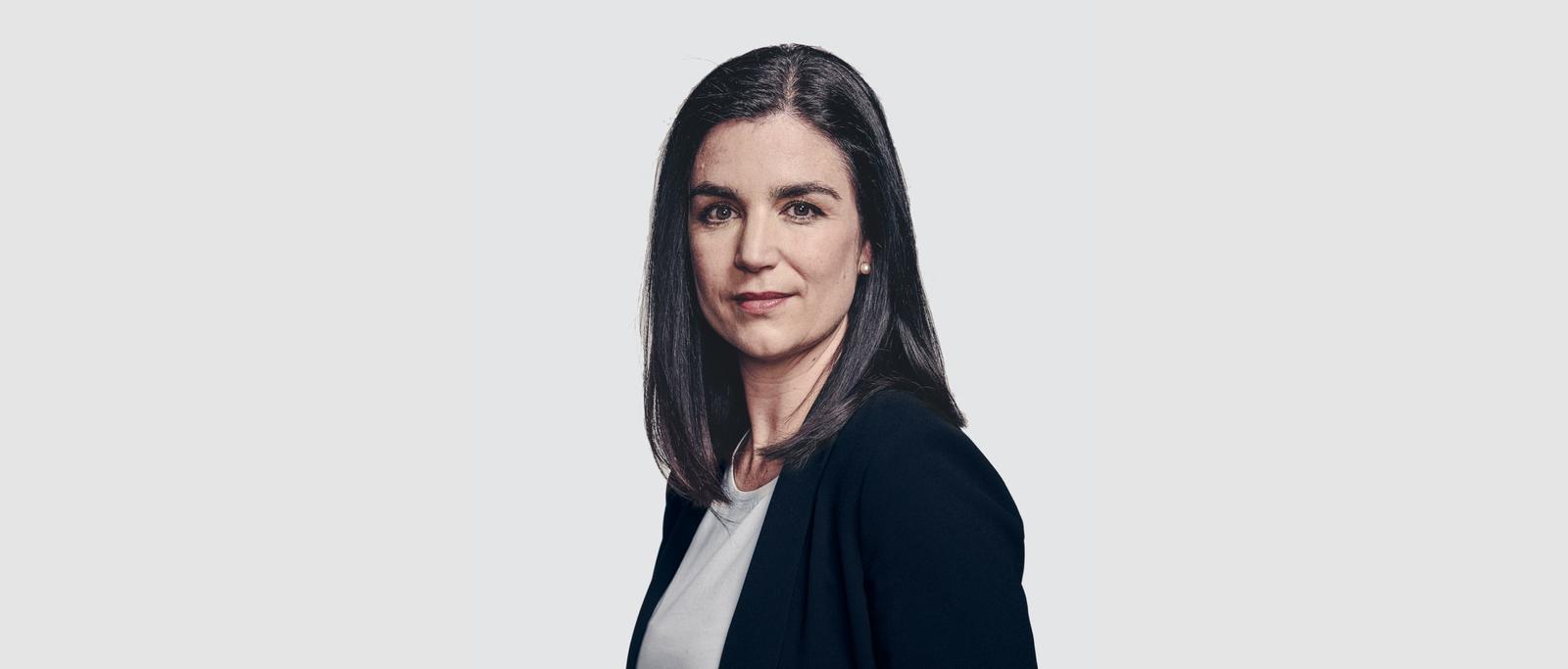
Susana Rodriguez de Tembleque
VP of Design,
IBM Research
↓
Born and raised in Spain, in a family of bankers and lawyers, naturally dreamed of becoming a painter. Fell in love with the transformative power of design, which has kept me busy and happy for close to a quarter of a century and allowed me to play in magazines, agencies, Apple, and IBM. As a mother of four teenagers, two of them in college now, it’s been quite the journey.
I would characterize my path to design as a winding road full of luck and grit. I started off as a painter, albeit not quite a money-making one, so I looked for a “creative” job that would help me pay the bills. I ended up working as a storyboard artist in an advertising agency in Madrid, although the job would be best described as “coffee girl” for the all-male creative team. Despite their misogynistic ways, the team was extremely talented, and I learned a lot from them. Little by little, I managed to get a few ideas considered and eventually became the first woman art director. My first job in the U.S. became possible after I spoke to my future boss, Cuban music label design legend Carlos Segura, in Spanish. A meeting of chance led us to together redesign some major newspapers and cultural gigs in Chicago. Every other eventual job opportunity in my career has been an equal amount of serendipity and hard work to make something great. I never set out to become a designer, I simply followed situations of great creative potential and pushed myself to make it a reality.
The challenge of raising children as working moms is hard enough. But wanting to be a super successful individual who happens to also be a mom, is altogether more complicated. When we simply see ourselves as working moms (I have not once heard a man refer to himself as a working dad), we are already selling ourselves short. It reads as, “we are moms, who, so sorry, work.” The term seems infused by guilt, by fear, as if we need to apologize. As women, we sometimes jump to the conclusion that compromise is inevitable, that success will come at the expense of our children’s happiness. That derives from another misconception. We presume that to succeed, one must work “like a man,” keeping long hours, missing out on what happens at home and school. And that to be a good mom, one cannot expect to do all we need to do at work. We somehow see one has to come at the expense of the other: succeeding at home means not succeeding so much at work, and vice versa. I believe this is a false compromise—if we are able to shape work in a more flexible way, one that is parent-friendly. It has bene my experience that model can yield success both at work and at home.
I would love to see our women designers major on two things. First is embracing their “woman-like” traits to the fullest, while resisting falling in the role I call “team mom.” Women should absolutely lean into their strong emotional intelligence, intuition, and sensibility, as that will yield incredible results. However, I hope women can do that without having to become the sole nurturers, organizers, cheerleaders, conflict resolvers, or happiness keepers. Yes, teams need to be organized and nurtured, but achieving that should be a mission for all, not just women. Lead fully as a woman, yet resist the more submissive caretaking role.
My second aspiration for women designers at IBM is to focus on creating brilliant, mind-blowing design. The work in the end will speak for itself, and IBM really will be transformed through the smartest, most innovative, most delightful design.
My story may not be representative of younger women, nor those born in the United States. My Spanish family raised me to marry well, period. That meant that I was not to have my own career, but to support my “very successful” husband. As a woman, I simply needed to be very beautiful, very pleasant, and smart enough to not embarrass my husband. Had I been a man, the expectations would have been very different. I would have been trained to become a leader, first and foremost.
I am happy to report that I have failed in all the expectations initially set on me. It’s hard to say if my career would have taken a different path if I had been a man, because perhaps it’s the struggle I had to undertake that gave me the drive to be successful. Maybe the lack of professional expectations is what gave me the freedom to try without fear of failure. Or perhaps, without all the uphill battling, I could have gone much farther, achieved greater impact.
I hope the people who read this, whatever gender they identify as, will be an active designer of a future that takes full advantage of inclusion. Help create a future that is not only less biased, but also a true tapestry of different perspectives, cultures, and abilities.